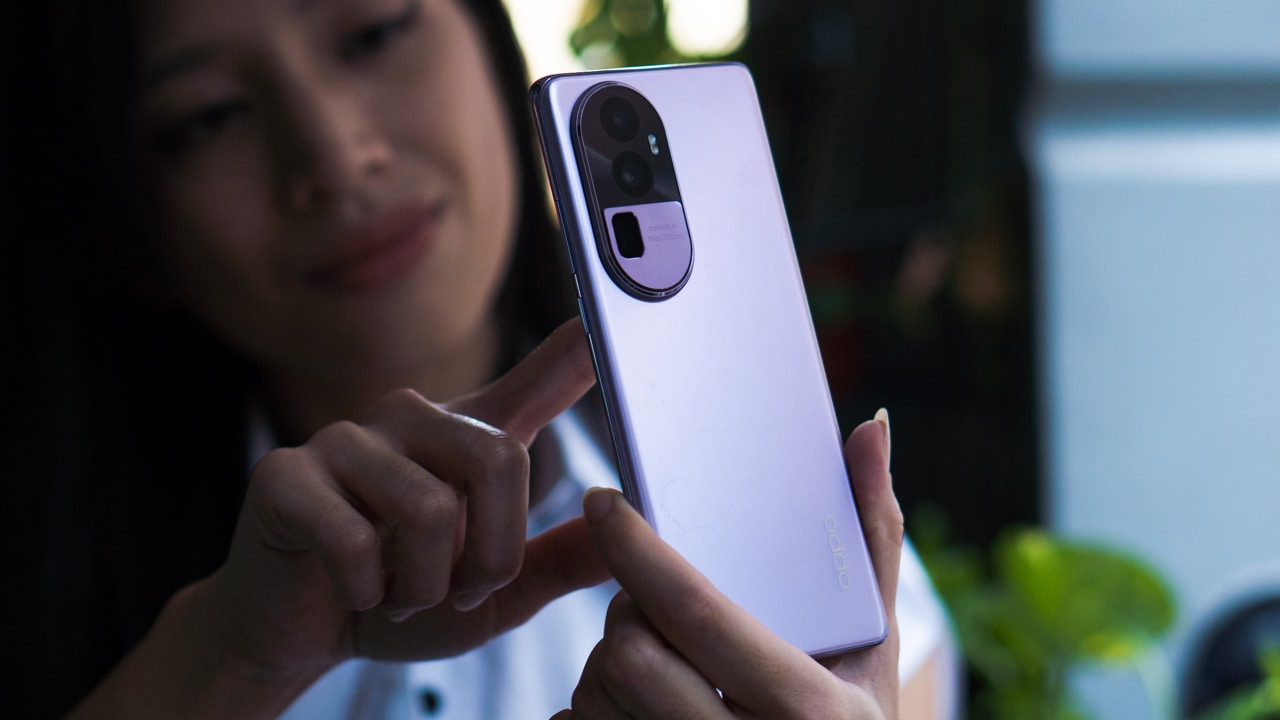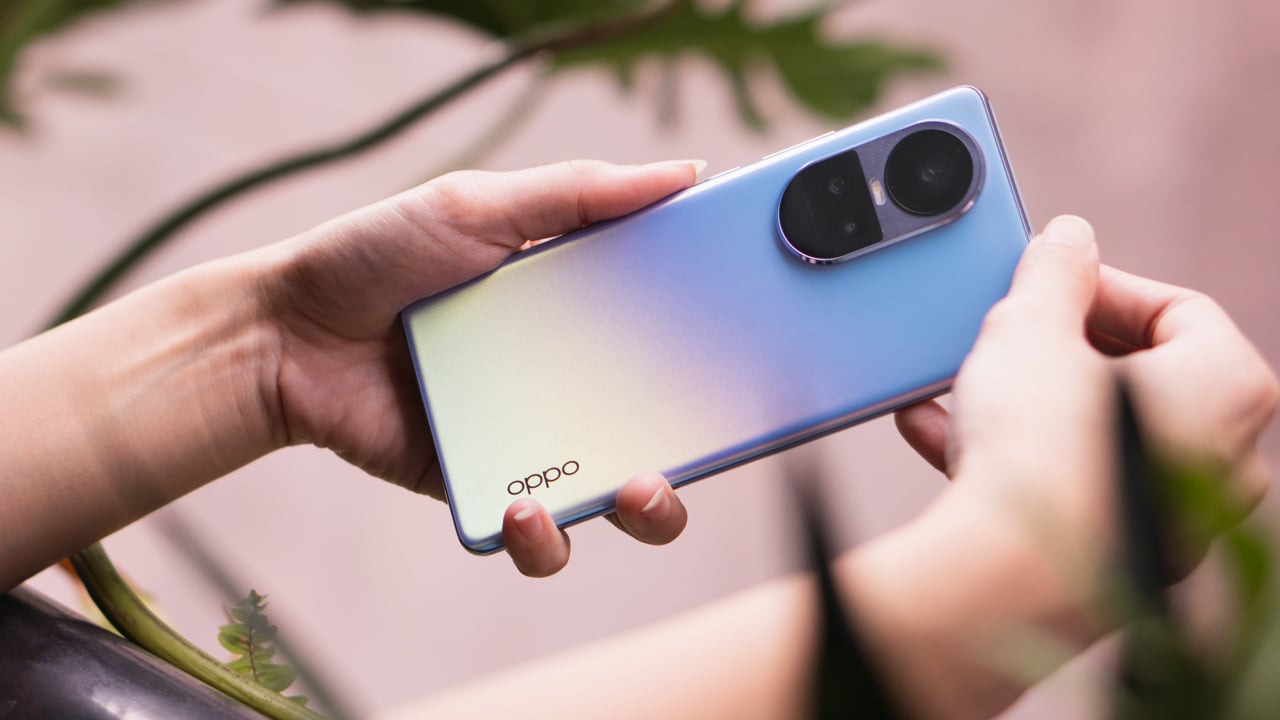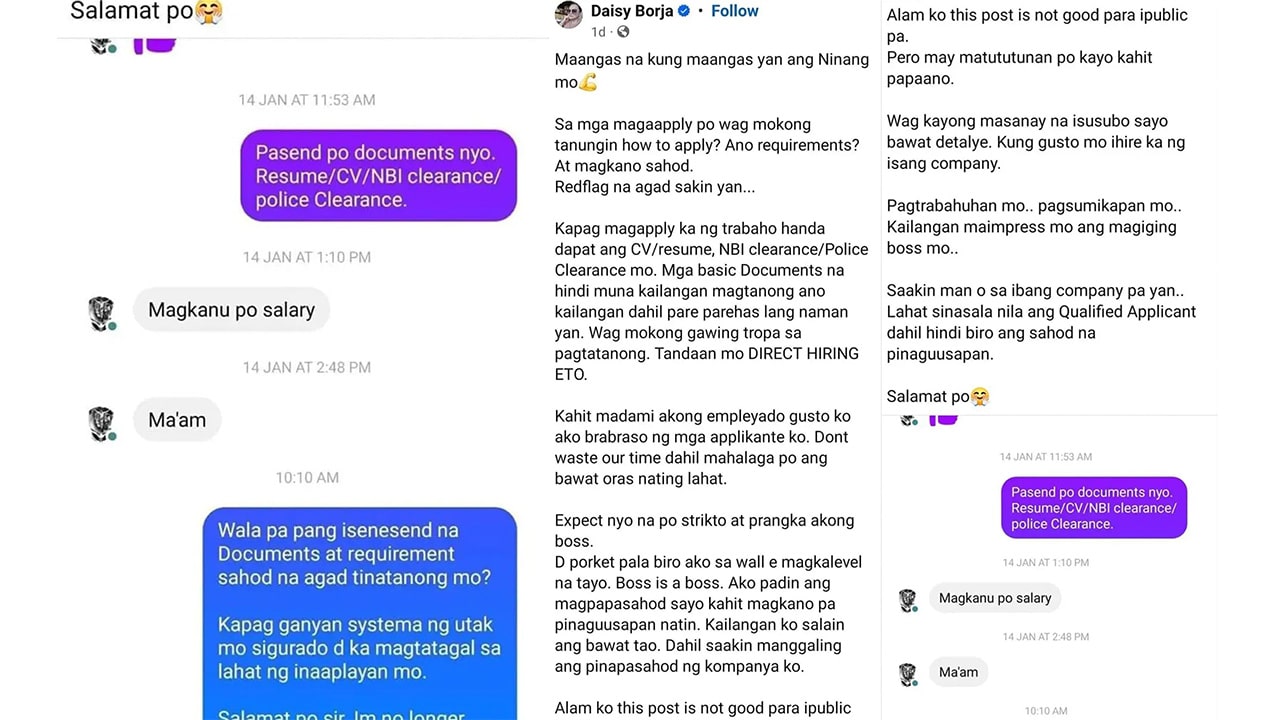The newest generation of Reno devices seems to be the most interesting and most powerful yet. With upgraded internals and boasting a new Pro Portrait experience, there are quite a few things to get excited about.
Launched earlier in China, OPPO will soon be bringing the complete Reno10 5G family to the Philippines which includes the Reno10 5G, Reno10 Pro 5G, and the most exciting of them all — the Reno10 Pro+ 5G.
Pro portraits are the name of the game
If there’s one thing you have to know about the new Reno10 Series 5G, it’s that the new set of devices is built for an elevated portrait shooting experience.
This year, OPPO introduces a telephoto portrait camera for all family members as part of its Ultra-Clear Portrait Camera system. The Reno10 5G and Reno10 Pro 5G will come with a 32-megapixel telephoto portrait shooter while the Reno10 Pro+ 5G will come with a more sophisticated 64-megapixel telephoto portrait shooter.
Interestingly, the Reno10 5G Pro+’s telephoto camera carries an additional, dedicated sensor to enhance images captured at 2X up to 6X zoom.
At these focal lengths, combined with the cameras’ large aperture, it’s much easier to snap portrait-perfect photos no matter which Reno10 variant you may be holding.
Apart from hardware, the new and upgraded Portrait mode grants AI post-processing support that does away with unwanted noise and artifacts while adding subtle enhancements to create true-to-life images.
It now also offers an advanced depth-of-field algorithm that’s smart enough to distinguish different elements in a scene to achieve better, more natural subject/background separation.
Elegance and portability on the Reno10 Series 5G

In recent years, we’ve seen more effort from OPPO to inject more fashion-forward designs — especially with the Reno series.
We’ve already seen the lovely Reno Glow on the company’s previous devices but this year, the series adopts a new, more mature look. Combining various technologies, the Reno10 Series 5G doesn’t only look good but is also durable and lightweight.
For fans of the Reno Glow look, the Reno10 5G offers a similar shimmery finish with its exclusive Icy Blue color. It also comes in Silvery Gray as a more subtle option.
The Reno10 Pro 5G and the Reno 10 Pro+ 5G, on the other hand, are introduced with a new metallic finish that comes in two new colorways — Glossy Purple and Silvery Gray.
With a 3D curved design implemented across the series, the Reno10 Series 5G devices are also easier to grip and even easier to pocket.
Reno10 Pro+ 5G

At the top of the pyramid is the powerful Reno10 Pro+ 5G.
The most powerful of the bunch, the Reno10 Pro+ 5G is the choice for Reno users who value smooth, uninterrupted performance and the full pro portrait experience.
Adding to its premium features is 100W SUPERVOOC charging – the fastest on a Reno device so far. This is exclusive to the Reno10 Pro+ 5G which only complements its position as a device for users with more demanding needs.
But undeniably, one of the main highlights of the Reno10 Pro+ 5G is its cameras. Most notably, the 64-megapixel telephoto portrait lens. Equipped with a half-inch sensor, the Reno10 Pro+ 5G can effectively capture light to produce sharp, well-lit portraits even during more difficult lighting scenarios
As just mentioned, this lens on the Reno10 Pro+ also offers a separate sensor for 3X and 6X optical zoom. With this dedicated sensor, its cameras can produce beautiful, uncompromised, Pro-quality portraits that are bright, detailed, and offer soft, natural background blur when zoomed in or magnified.
Reno10 Pro 5G

Now the differences between the Reno10 Pro 5G and the Reno10 Pro+ 5G are far from plenty. This positions it as a well-balanced device and a better pick for those who may not be super heavy camera users but still value high-quality captures partnered with smooth and stable everyday performance.
We have a more toned-down 32-megapixel telephoto portrait lens here but it’s still something to get excited about. It offers 2X Optical Zoom, a large sensor, and a high resolution that is supposedly a rarity for a phone at this price point. A special coating on the lens also helps reduce glare for more pristine portraits, artifact-free portraits.
Matched with premium features like 80W SUPERVOOC charging, the Reno10 Pro 5G provides that extra oomph you may need for a productivity partner.
Reno10 5G

For the base model of the series, you’re getting a more value-focused, everyday performer that offers a good compromise of features fit for the modern-day user.
It comes with an all-day 5000mAh battery as well as 67W SUPERVOOC charging for fast top-ups. And OPPO’s exclusive Battery Health Engine ensures a long lifespan with up to 1600 charge and discharge cycles.
Like its siblings, the Reno10 5G also aims to offer an elevated portrait shooting experience by also adopting OPPO’s Ultra-Clear Portrait Camera system.
Similar to the Pro variant, the base model also comes with a 32-megapixel telephoto portrait camera with the same features and capabilities like 2X optical zoom and a new RGBW pixel array that increases light intake while also reducing noise.
Availability
As mentioned, all three members of the OPPO Reno10 Series 5G are slated to arrive in the Philippines very soon. We’ll update the article as soon as we get more details on its price and availability in the country.













